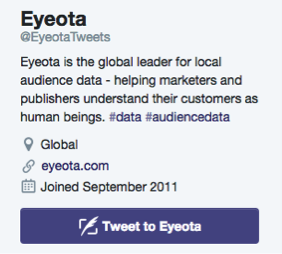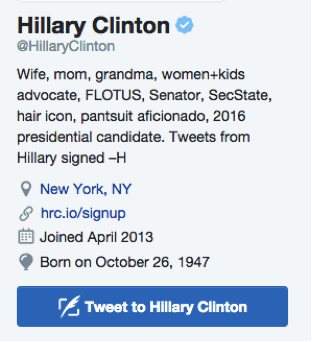LinkedIn started out as an online resume site, and it’s still one of the biggest resources for recruiters. Over time, it has also evolved into a content marketing platform, serving as a place for businesses to engage with potential clients and partners. So, how can you leverage this?
Tighten that bio:
More than half of LinkedIn’s engagement is on mobile, so tailor your message to be read accordingly. A longer, more flowery summary of yourself might be passable for a resume, but for B2B keep it short and sweet. The recipe for a good bio is:
- Some personality
- Clear and concise description of your service
- A call to action (CTA) for people who aren’t able to send you an InMail.
Example:
Whether through written or video content marketing, I help young companies communicate their vision in the most human way possible.
Do you need more effective content? Get in touch with me directly at [email protected]
Spruce up that photo:
Nice pic from da club… but your LinkedIn profile image should be as professional as possible (avoid cheesy real estate pictures!) The photo you choose to represent yourself and your personal brand is a measure of trustworthiness and professionalism.
Tips for a good LinkedIn photo:
- Choose a recent photo. We know it’s not Tinder, but if you’re already misleading about what you look like, it’s not a good start for business.
- Forget the metaphorical mountain summit pic, make sure your face takes up at least more than half of the photograph.
- Over exposed, blurry, poorly cropped photos are all over LinkedIn. Taking the time to take a proper photograph will actually make you stand out from the crowd.
Beef up your profile:
Now that you have the basics, it’s time to turn your details into a resource.
- LinkedIn Pulse: You can’t say thought leadership’ without LinkedIn. Generously sharing your expert opinions and insights is a great way to build trust with your consumer before ultimately turning that lead into a sale. But nowadays there are a lot of opinions out there, and it’s not all being read. Make sure you have a really strong opinion on a topic that can add value to your reader’s life.
- Slideshares: If you’re not the most eloquent writer but have ideas to share, use Slideshare. It’s a cost-effective way to get better traffic and ranking on Google. Make sure you have a clear idea of how you want to educate the reader.
- Videos: In this crowded market, videos are dominating as the preferred way to consume content. LinkedIn lets you upload directly onto your profile, allowing you to showcase your work. If you don’t do video marketing, upload TV spots you’ve been featured in, your startup explainer video, and event coverage.
LinkedIn is growing as a content platform and it’s the first place clients and investors look to see a cohesive body of your work. Let us help you create content that best content for your profile. Get in touch at [email protected].






